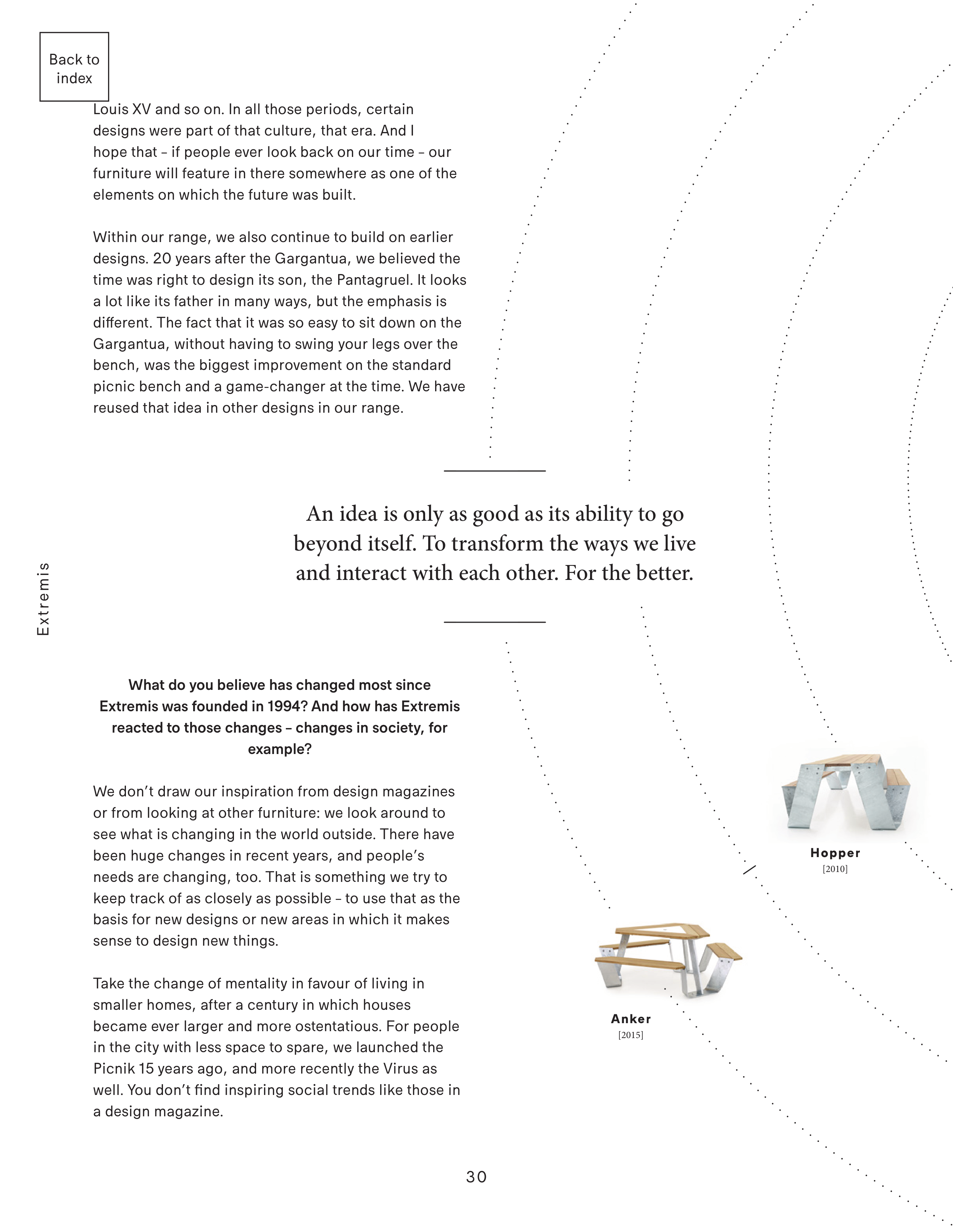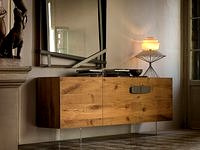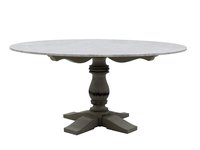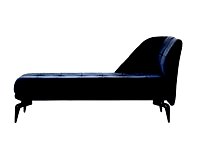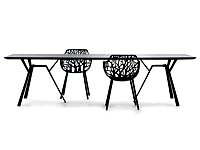Gargantua
[1994]
Abachus
[2009]
Pantagruel
[2014]
Virus
[2016]
Anker
[2015]
Hopper
[2010]
Picnik
[2002]
Louis XV and so on. In all those periods, certain
designs were part of that culture, that era. And I
hope that – if people ever look back on our time – our
furniture will feature in there somewhere as one of the
elements on which the future was built.
Within our range, we also continue to build on earlier
designs. 20 years after the Gargantua, we believed the
time was right to design its son, the Pantagruel. It looks
a lot like its father in many ways, but the emphasis is
different. The fact that it was so easy to sit down on the
Gargantua, without having to swing your legs over the
bench, was the biggest improvement on the standard
picnic bench and a game-changer at the time. We have
reused that idea in other designs in our range.
What do you believe has changed most since
Extremis was founded in 1994? And how has Extremis
reacted to those changes – changes in society, for
example?
We don’t draw our inspiration from design magazines
or from looking at other furniture: we look around to
see what is changing in the world outside. There have
been huge changes in recent years, and people’s
needs are changing, too. That is something we try to
keep track of as closely as possible – to use that as the
basis for new designs or new areas in which it makes
sense to design new things.
Take the change of mentality in favour of living in
smaller homes, after a century in which houses
became ever larger and more ostentatious. For people
in the city with less space to spare, we launched the
Picnik 15 years ago, and more recently the Virus as
well. You don’t find inspiring social trends like those in
a design magazine.
An idea is only as good as its ability to go
beyond itself. To transform the ways we live
and interact with each other. For the better.
Extremis
30
Back to
index


